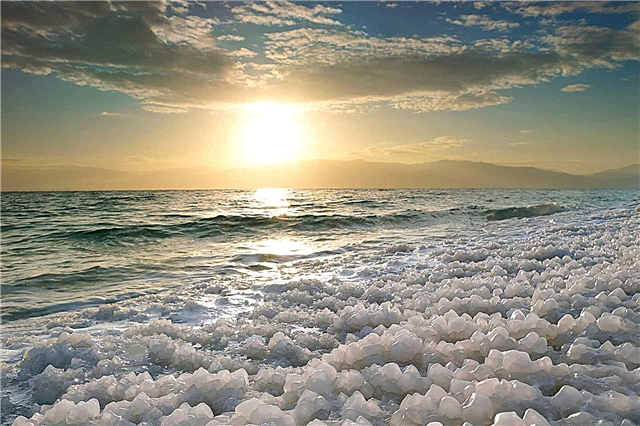
A sea wave is the movement of water on a surface that appears after a limited period of time.
How are waves formed?
Sea waves arise from the wind. Capillary (small) waves occur due to wind swelling. They move in the same direction in which the storm blows.
With the increasing impact of wind on the sea surface, the waves merge together and increase in size. Under the constant action of wind gusts, a swell is formed. A swell is a group of waves that were formed due to a sea storm.
Interesting fact: Until 1995, scientists practically did not conduct any research related to the formation of the phenomenon. Scientists still do not know everything about the appearance of waves.
The size of the wave is related to the speed of the wind that created it. As soon as the wave has acquired the dimensions “laid down” by the wind, it goes towards the coast.
The reasons for the appearance of waves?
The reason for the appearance of the wave depends on its type.
There are two main types:
- Standing. They arise due to shocks on the ocean floor. The reasons for the shocks can be such factors: eruptions of underwater volcanoes, sharp jumps in atmospheric pressure, earthquakes. This phenomenon is called "seiche". It happens in the seas, bays, bays.
- Wind. They appear due to the action of wind gusts. This makes the sea surface move, but gravity pushes the water back.
The base of the sea wave was called the “sole”, and its top - “crest”.
Why are the waves going to shore?
Sea waves are directed towards the coast for one reason: low air density. The density of the sea surface is about 800 times higher than the density of air. In order to transfer energy to the waves, a gust of wind must affect the sea surface for a long amount of time. If the wind blows from the shore, then he will gain the necessary density only in the open ocean.
Waves that are directed towards land towards the wind also appear in the open ocean. However, they form in other parts of the reservoir: where the wind blows toward the shore.
The speed of the wave depends on the distance to the coast: the closer the wave is to land, the lower the speed of its approach. During approach, the angle of the wave crest is significantly reduced in size. This phenomenon is called “relaxation”.
Why are there waves that come from the coast?
You can sometimes notice how the waves go from the coast to the open ocean. This means that they are sent not from the source of their formation to land, but rather from the coast to the source. Typically, this phenomenon can be observed off the coast with a gentle, low-lying coast.
Water that rises to land may return to the ocean or sea at low tide. This phenomenon is called the “fencing current".
Such waves can appear anywhere on the coast. The backflow is characterized by a large tide of waves, which then begin to return to the ocean at different speeds.
Danger of waves from the shore
In most cases, such waves move at a slow speed: about four to five kilometers per hour. But they are very dangerous, especially for children and those who are uncertainly swimming.
. Sometimes there are waves moving at a speed of up to fifteen kilometers per hour. If on average the waves from the coast are only two to three meters wide, then large waves can be up to fifty meters wide, up to 400 meters long. This phenomenon occurs quite rarely, but can be dangerous for people on land.

The waves appearing due to the breaking current are called “rips” (borrowed English word RIP - the name speaks for itself). If a person falls into such a course, the first thing to do is calm down. It is not recommended to resist rip, it is better to wait until it weakens. Most often, such a wave begins to weaken after a hundred meters from the coast. After that, you can’t swim directly to land, you must swim parallel to it. This will help a person get out of the rip area.
So, waves always go ashore due to the low density of air. The wind has an effect on the sea surface, due to which water comes into active movement. They move until the current weakens, some of them never reach land.












